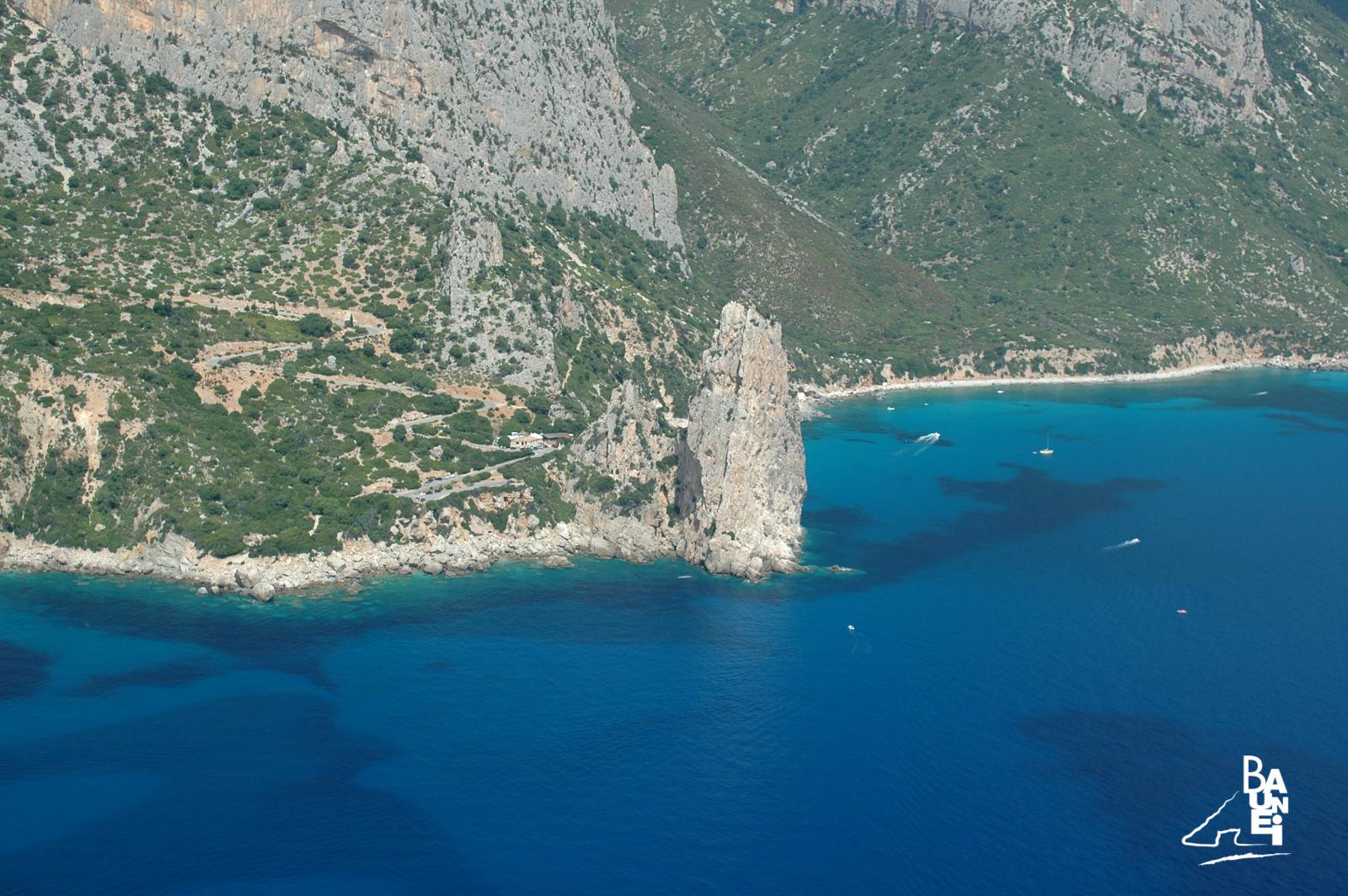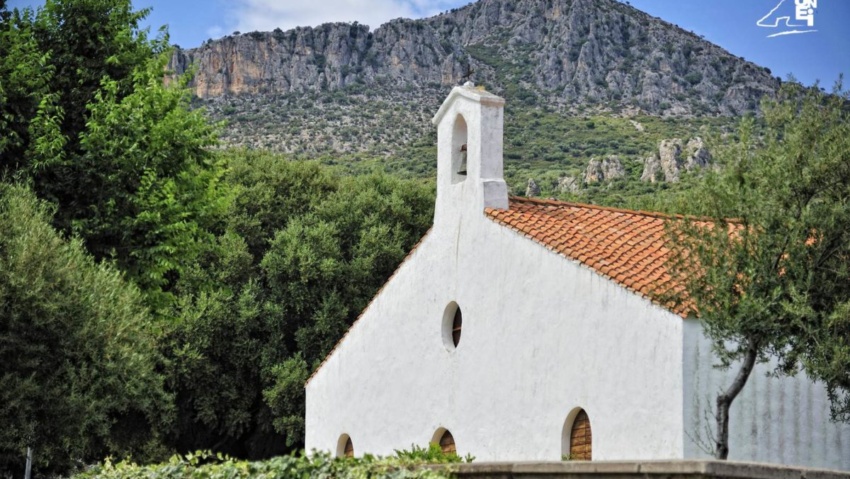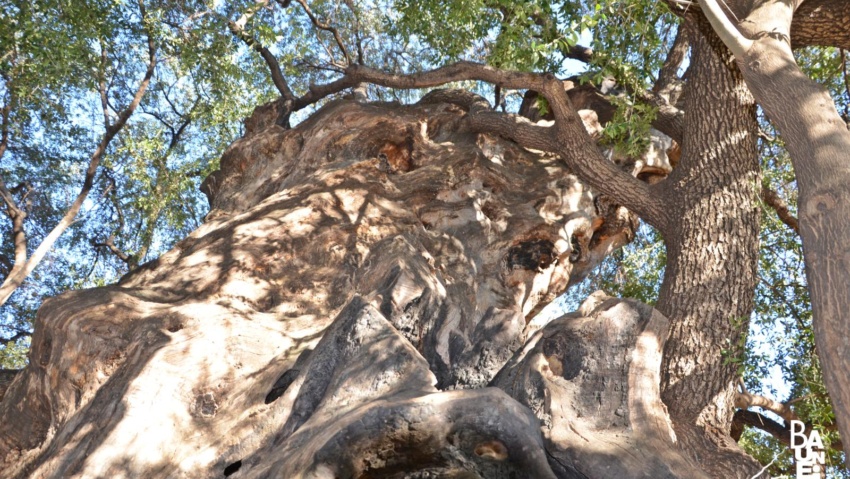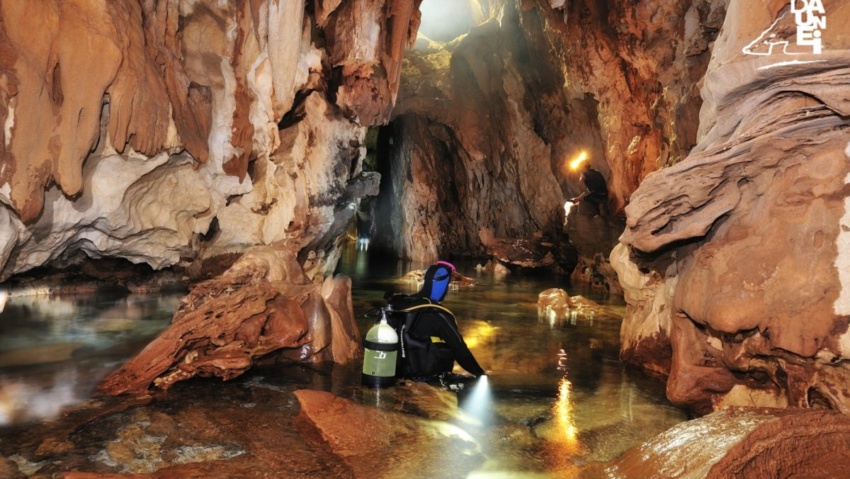“Su Stabilimentu”, The Ancient Lithographic Quarry
The lithograph was one of the most practical and efficient printing systems for a very long time. It used a particular type of limestone matrix, with a granular structure that was easily able to absorb water. The design that needed to be printed was drawn onto the stone using a special grease pencil; subsequently the stone-matrix was dampened using a solution of water and gum arabic, and then inked. The ink was repelled by the damp part, but held by the lines drawn using the pencil; the reproduction of the design on paper was obtained thanks to a special machine that pressed the matrix onto the sheet. It was invented by the German Aloys Senefelder, who used the system for the first time in 1799. Lithography was introduced in Italy in 1805 and, before falling into disuse, enhanced the importance of lithographic quarries capable of producing an adequate amount of this particular type of limestone for over a century. One of the best lithographic quarries in Sardinia was discovered in the early twentieth century in the territory of Baunei, on the north ridge of the gully leading to Pedra Longa, 250 metres above sea level. The site, known in Baunei as “Su Stabilimentu” (“the plant”), was operational from 1909 to 1914, under the control of the “Società Mineraria Ichnusa” (the “Ichnusa Mining Company”, based in Milan). The quarry is located in a panoramic position, about 250 metres above sea level, with spectacular views ranging from the peak of Pedra Longa to Arbatax harbour. The mined limestone slabs, which also make excellent decorative cladding stones, were sent directly to the moored boats near the cliff, hundreds of metres away, using a cableway that no longer exists. Lithographic limestone from the Baunei quarry was also used in the construction of paving in several cities of art, both in Italy and abroad. Slabs from “Su Stabilimentu” were even used for the streets of London. Rusty relics of old machinery, fascinating artefacts of industrial archeology, can still be found in one of the lay-bys that was where the cableway was anchored. Further ahead, at the foot of the limestone ridge, in a clearing that is not easy to reach, stands the solitary ruins of the main quarry building, which are also visible from the sea. At lower altitudes, on different levels, are a number of lay-bys at which the material mined was loaded and, carved into the rock face, the old armoury. During that period, the “Società Mineraria Ichnusa” also operated at the “Genna Olidone” silv
CONTATTI
Via San Nicolò, 2 – 08040 BAUNEI (Sardinia, Italy)
infopoint@turismobaunei.eu
+39 349 5462583
